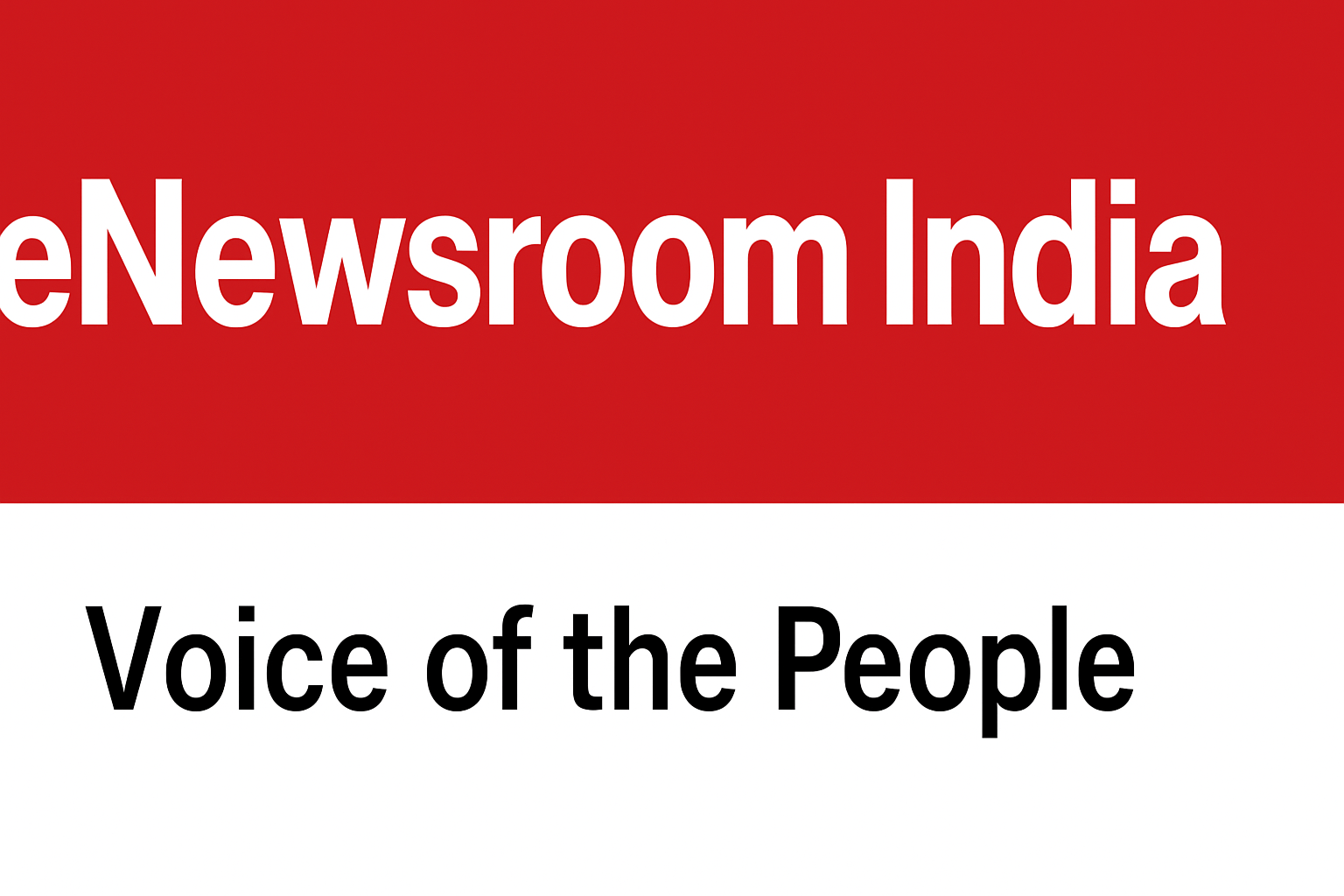[dropcap]I[/dropcap]n the lanes of Topsia, Rajarhat, Howrah, Mallickpur, and Baruipur, imposing school buildings have emerged—some with glass facades and fancy gates. To the casual observer, these structures reflect the progress of the Muslim community. On social media and in community meetings, they’re flaunted as symbols of “moving forward.” But behind these walls lies a troubling story: a drift away from educational purpose, masking itself as “world-class education.” The illusion of empowerment is, in fact, detrimental to the community—especially when it is financially unsustainable, pedagogically shallow, and ethically questionable.
A few years ago, a reputed English-medium Muslim-managed school in Kolkata invited a senior academic—formerly from La Martiniere—to serve as Principal. During his visit to the office, he noticed two chairs placed behind the desk. When he asked why, the management replied, “One is for the Principal, one for our representative. Both work together.” The academic quietly walked away. “If even the chair must be shared, the leadership is hollow,” he told a colleague. This wasn’t an isolated case. It reflects a widespread issue in Howrah, Garden Reach, Khidderpore, and Belgachia—where professional autonomy https://linklist.bio/slot88ku/ is eroded in the name of “community ownership.”
Power Without Pedagogy
Muslim-managed schools around Kolkata generally fall into three types:
- Aided Schools: Usually Urdu-medium, affiliated with state or madrasa boards, government-aided but community-managed.
- Unaided English-Medium Private Schools: Often newer institutions, sometimes affiliated with national or international boards, or none at all.
- Unrecognised Community Schools: Typically pre-primary or feeder setups, operating on donations and located in underserved localities.
Despite these structural differences, a common thread runs through them—centralised managerial control, often by a single family or trust. Professional educators are consulted during setup, but later sidelined. Decision-making becomes opaque.
In the pursuit of modernity, schools invest in branding—air-conditioned classrooms, smart boards, digital attendance, and CCTV surveillance. Yet these investments rarely extend to pedagogy, teacher welfare, or student support. Basic, foundational learning is neglected.
Many schools outsource their vision to consultants from Southern India, who offer NEP-aligned content and free “academic services”—with a catch: schools must purchase their books and digital material. In one such partnership across Kolkata and South 24 Parganas, madarsa students were shifted to the NIOS curriculum under a grand plan. Teachers were well-paid, yet the initiative collapsed within a year. The local partner schools bore the financial fallout, scrambling to retain both students and staff.
Some institutions claim to be “community funded.” And indeed, they are—land is donated, buildings financed through zakat, sadaqah, or crowdfunding. Parents pay modest fees. Local entrepreneurs support them. Yet genuine community ownership is absent. Parents are excluded from School Management Committees. Teachers are kept on insecure one-year contracts. Senior staff have little say in academic matters. Exploitation thrives in this opacity.
Parents are often forced to buy books, uniforms, and even shoes from https://psiapps.medialabufrj.net/ a single, school-approved vendor. “My daughter’s annual books cost Rs 5,200,” said a father in Tiljala. “The same books cost Rs 3,000 in the local market—but the school didn’t allow outside purchase.” These monopolies are defended as “quality control,” but more often serve private gain.
Teachers Underpaid, Overworked, Undervalued
In several schools across Kolkata, Hooghly, Howrah, and North and South 24 Parganas, teachers are fined for late arrivals, tracked obsessively through biometric systems, and burdened with hours of unpaid overtime. Meetings spill into weekends. Academic planning is often done after school hours. Yet most teachers earn between Rs 5,000 and Rs 15,000 per month—less than what a rickshaw-puller earns on good days. This skewed structure breeds silent resentment.
Perhaps the most tragic outcome of this model is cultural alienation. In trying to become “modern,” some schools in Kolkata’s Muslim belts have ended up mimicking elite Christian institutions—without understanding their deeper purpose. The adapted version of the Lord’s Prayer is recited in morning assemblies. Singing, dancing, and drama classes are introduced without cultural relevance. This isn’t modernisation—it’s mimicry. Imitation without critical thought leads to loss of cultural identity and confidence.
We must ask: What is the purpose of our schools? Is it merely to produce English-speaking clerks, or to nurture confident, ethical citizens rooted in their identity? While private schools burn holes in pockets, government-aided Muslim schools—especially in areas like Garden Reach, Zakaria Street, Belgachia, and Park Circus—continue to offer free education. These institutions are lifelines for the poorest families. However, they too face crises. With poor infrastructure, a shortage of teachers, and declining prestige, they are steadily losing students to nearby English-medium private schools—even when the latter charge far beyond what families can realistically afford.
Losing Identity, Losing Purpose
The question looms large: How long will they survive in the shadow of private giants?
This article is not a condemnation. It is an invitation to pause, to reflect, and to reimagine. Kolkata and its neighbouring districts carry a proud legacy of Muslim educational activism. From the pioneering madrasas of Park Circus to the quietly determined reformist schools of Garden Reach, the region once echoed with a deep commitment to upliftment through learning. But somewhere along the journey, purpose gave way to power, and sincerity was eclipsed by spectacle. It is time we return to the roots—not just to celebrate them, but to rebuild from them.
We don’t need fancy chairs — we need firm backbones. We don’t need supply shops wrapped in monopoly and kickbacks — we need transparent, community-driven systems that prioritise affordability over commissions. And above all, we don’t need institutions that mimic someone else’s model — we need schools that emerge from our realities, rooted in integrity, justice, and the collective aspirations of the community they serve.
But before we rebuild, we must confront uncomfortable questions. As we pass the shiny facades and scripted school assemblies, can we honestly say we are solving the problem of educational deprivation — or merely disguising it? Are we offering children a meaningful future — or just air-conditioned illusions of progress? Are we empowering the community — or pacifying it with appearances? Until we find answers rooted not in branding but in values, these schools will remain buildings of hope — but not yet homes of learning.



The writer has highlighted genuine concerns. A well written article.
This is the reality of not only Kolkata but other parts of India too. Good journalism
Thank you sir. Hope this reaches the right people.